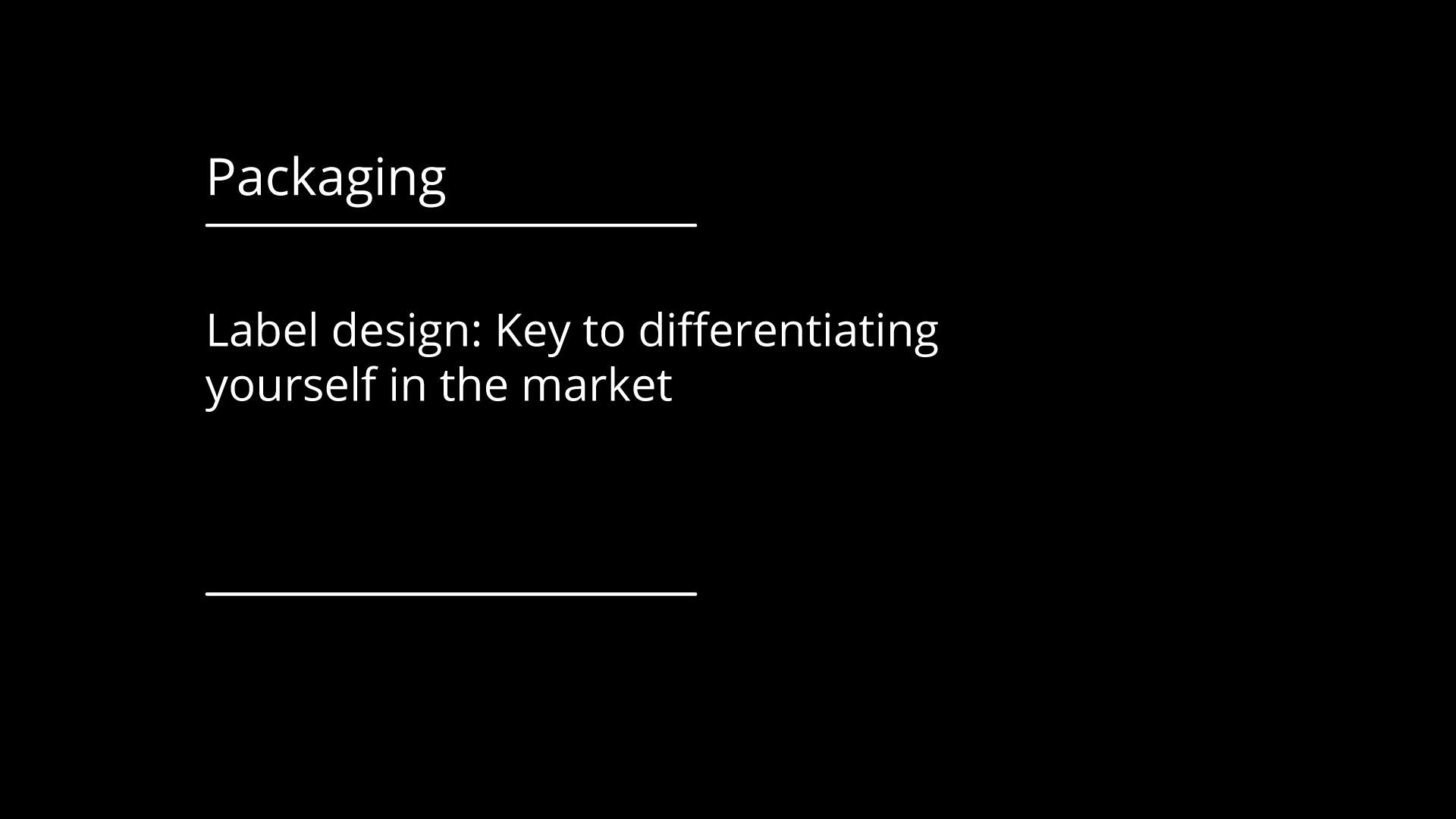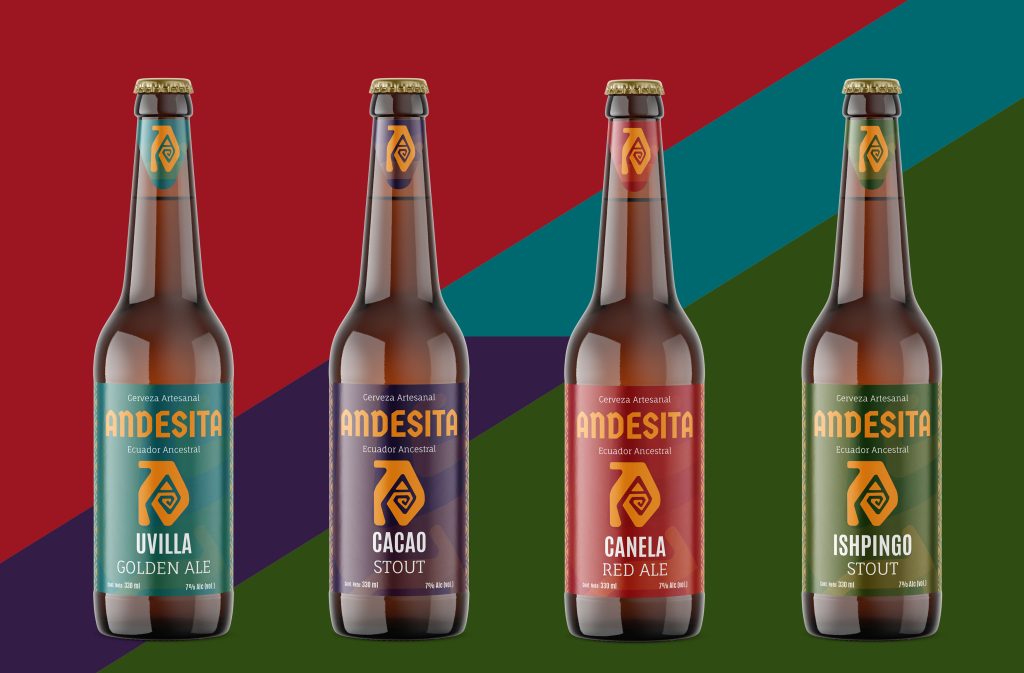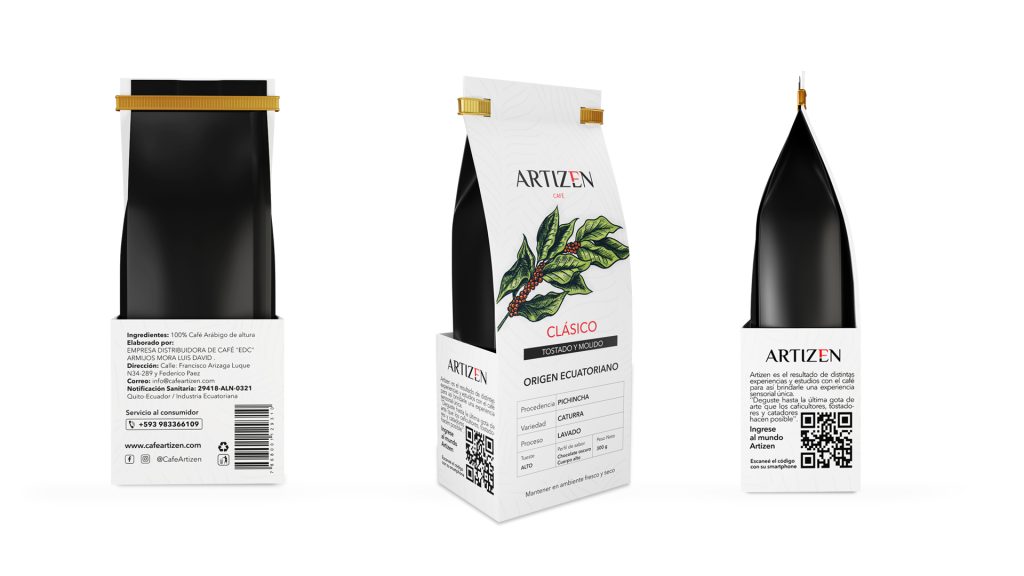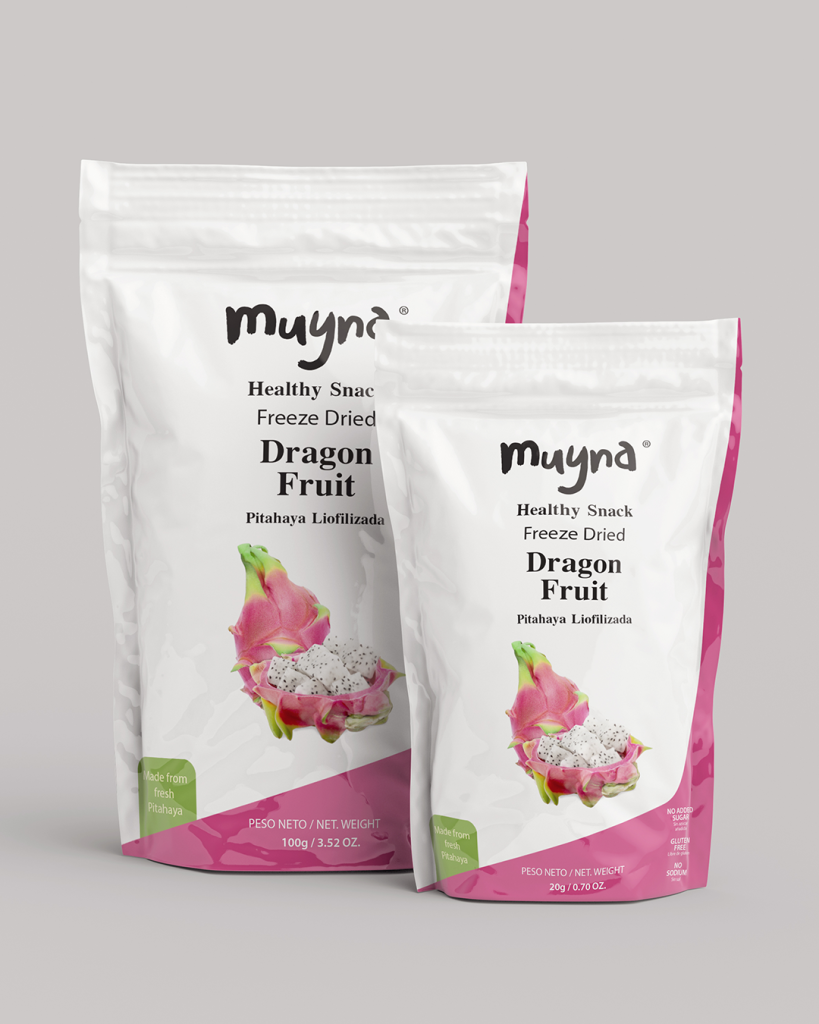
In a marketplace filled with options, label design is fundamental for distinguishing products from the competition. A well-designed label can be the deciding factor between being chosen or overlooked by consumers. In this article, we’ll explore the importance of label design and how it helps brands stand out.
Label design is crucial for standing out in the market and differentiating products from competitors. Factors such as typography, colors, shapes, and materials play a significant role. A label should not only be visually appealing but also reflect the brand’s values and personality, helping consumers easily identify the product and associate it with the brand.
Moreover, label design greatly influences consumer purchasing decisions. Staying updated with current trends like minimalism, sustainability, and personalization is essential. Optimizing label design for various platforms and studying successful and failed designs can further refine its effectiveness. In short, label design is a vital tool for market differentiation and requires continuous development and optimization.
Several key factors should be considered when designing labels to ensure they effectively differentiate products:
Investing time and resources in label design is essential for standing out in an increasingly competitive market. Collaborating with the right designer is key to creating effective labels that align with the brand.
Label design is a fundamental part of a brand’s marketing strategy. Beyond differentiation, it also serves to communicate the brand’s values and personality.
Labels also convey essential product information, such as origin, ingredients, or benefits, helping to build consumer trust and loyalty. An effective label aligned with brand values can positively influence purchasing decisions and foster brand loyalty.
Label design is a key factor in influencing consumer purchasing decisions. As the product’s “business card,” the label creates the first impression.
A well-thought-out, visually appealing label can be the difference between a consumer choosing one product over another. Additionally, a label that effectively reflects the brand’s personality and values can create an emotional connection, encouraging loyalty.
To maximize impact, brands should:
In an increasingly competitive and digitalized world, label design is an essential tool for standing out and driving consumer engagement.
Modern consumers seek not only quality and affordability but also a satisfying shopping experience that helps them connect with a brand. As a result, trends like minimalism, sustainability, and personalization have become key in label design.
Incorporating these trends into label design enhances their impact on consumer purchasing decisions and helps brands stand out in a competitive marketplace.




In today’s competitive landscape, label design is an essential tool for standing out in the market. Factors such as readability, brand consistency, and consumer appeal are crucial. Additionally, a label must reflect the brand’s values and personality, which can significantly influence purchasing decisions. Current trends like minimalism, sustainability, and personalization should also be incorporated.
To optimize label design for platforms like online stores, physical shops, and vending machines, it’s essential to adapt to the specific requirements of each:
Optimizing for these platforms requires attention to label size, color schemes, and placement to ensure it connects with consumers wherever they shop.
Selecting the right designer is crucial for creating a label that effectively represents your brand and stands out in a competitive market.
Partnering with the right designer ensures your label is consistent, impactful, and aligned with your brand’s identity, helping you stand out in the marketplace.
Label design has evolved significantly over time, moving from simple, monochromatic designs to today’s personalized and sustainable options. This evolution reflects the changing needs and demands of the market.
In an increasingly digitalized world, label design continues to adapt to various selling platforms:
Continuous investment in label design will be crucial for differentiation and success in an ever-competitive market.
Consumers seek products that catch their attention, inspire confidence, and align with their values. As such, labels should reflect the brand’s personality and values while staying current with trends and adapting to different sales platforms.
In an increasingly digital world, label design remains a cornerstone of marketing strategies, shaping consumer decisions and helping businesses thrive.
Firstrein Design Company LLC Ⓒ — All Rights Reserved.
Top